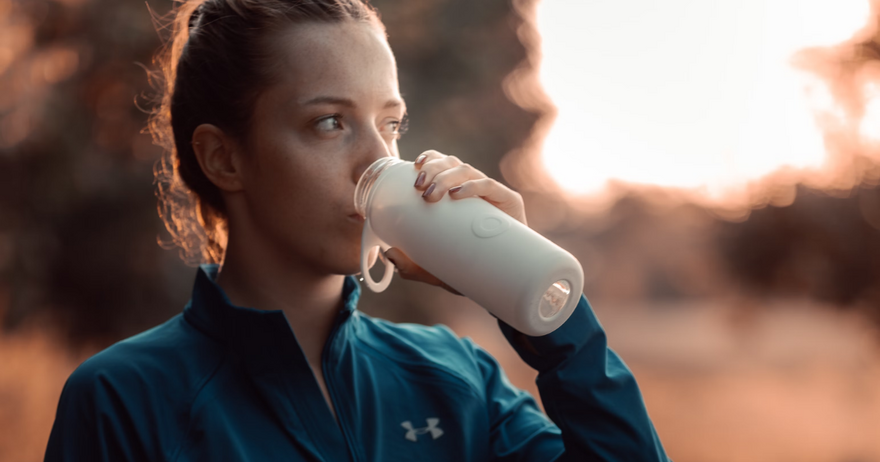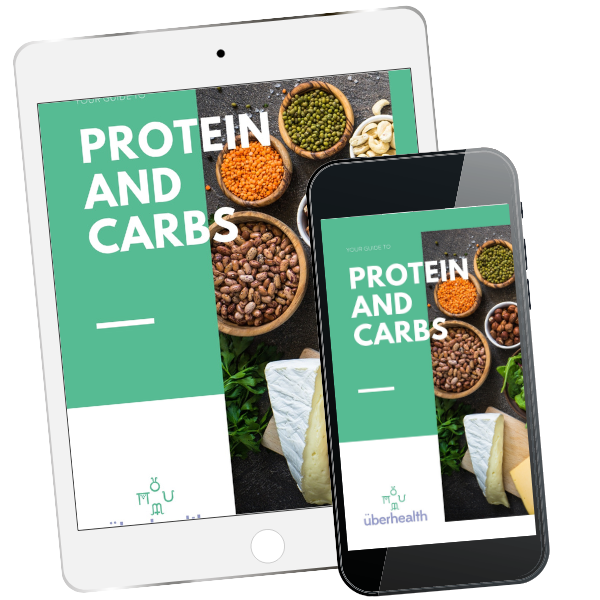How much water is too much water

We all know that water is good for us, it’s vital to our bodies and helps us to maintain optimum health. For those of you who are subscribers to my blog, you may be familiar with a previous post I wrote about water. That post was the first of seven that looked at nature’s seven healers, and it dives deep into why water is so important for our health.
In case you didn’t know, our adult bodies are up to 60% water. We need water to flush away toxins, hydrate our cells, and is used in many cellular reactions. We need water to make up our blood, protect and lubricant our organs and joints; in fact, as our lungs are 80% water, we even need water to breathe!
Surprisingly, despite knowing how important water is for us, I see a lot of dehydrated clients in clinic. There are a lot of reasons why people struggle to drink water. “It’s boring”, “it tastes bad” (depending where you live), “I forget”, and my favourite, “doesn’t coffee/tea/juice count?”. (Sadly, no they do not count!).
So how much should you be drinking?
Depending on your size, activity level and climate that you live in this could be a very changeable intake but let’s simplify it down. An adult should be aiming for minimum 1-1.5 litres per day of pure, clean water and then add on extra fluid for the volume of exercise that you are doing. But I can’t stress how important it is to listen to you body. If you are thirsty, drink. If you feel hungry, consider drinking some after first; often when we feel hungry our body is wanting us to drink. Other signs you may not be getting enough water are:
- Feeling tired
- Irritability and anger
- Poor concentration and memory as our brains are 70% it’s not surprising, we get brain fog when we are dehydrated.
Too much of a good thing?
Like all good things in life, it’s possible that you can over do it. Hyponatremia is when your electrolytes are out of balance due to drinking too much water. I’ve seen this happen to clients who are newer to training or events, and think they need to take water at every water stop, and don’t remember to take onboard electrolytes.
Hyponatremia can happen in the ‘real world’ too. I’ve seen this happen more since social media gurus have encouraged people to drink very large volumes of water, without factoring in their climate, exercise levels, and body size. Yes, drinking water can give you clear skin, lots of energy and optimise your elimination functions, but more doesn’t always mean better.
The tricky thing about Hyponatremia is that the symptoms are often the same as dehydration. In the beginning you may get headaches or feel irritated and angry. You may feel a bit of brain fog as well. These are signs which many people associate with dehydration. Therefore, most people will start drinking more water, thinking they are dehydrated, thus making it worse. This then results in electrolyte imbalances that can be as dangerous as dehydration, resulting in muscle cramps, seizures, vomiting, and in serious cases death.
Let’s be honest though, I have seen many more clients in clinic be dehydrated, than over hydrated. As with many things in client, the first way to change and make something better, is to see what you’re working with. I challenge you over the next week to record how much water you’re really drinking. Herbal tea can go to this tally too. If you use and app like My Fitness Pal, or My Net Diary, they both have water tally functions. If you don’t use these apps, just open a note file on your phone, or record in a notebook how much water you’re drinking. If after a week, you realise that perhaps you’re not drinking as much as you should, then maybe try some of the following tips to get more water in.
- Change the temperature. I find in winter drinking warmed water is easier, and in summer I like my water chilled.
- Set a reminder. There are many apps that can remind you to drink up! If you don’t want yet another app on your phone, just set reminders every hour or so to prompt you to drink up.
- Link it. Link drinking water to another task that you do frequently throughout the day. If you’re already in the habit of standing up and stretching whilst at work or going for a quick walk around the office on the hour, link drinking water to that task. It’s easier to link a new task to one you already do, rather than try and find a new time/way to do something.
- Add some flavour! Add some fresh fruit or brew a nice herbal tea. Changing up the tastes may inspire you to drink more. In summer I find added a few frozen berries or ice cubes made from herbal tea can be rewarding and refreshing.
If you want a recipe for making your own sports drink I shared mine here.
Once you start making these changes, go back and record your water intake for another week. Have you improved your intake? Were you at a good amount after the first test, but have found drinking teas to be a nice change in your day? I’d love to know how you went. Find me on Instagram and tag me in your water drinking!
If you want to go a bit deeper with your nutrition, I’d love to help you. I am currently taking on new clients for 1:1 consultation .
FREE RESOURCE


